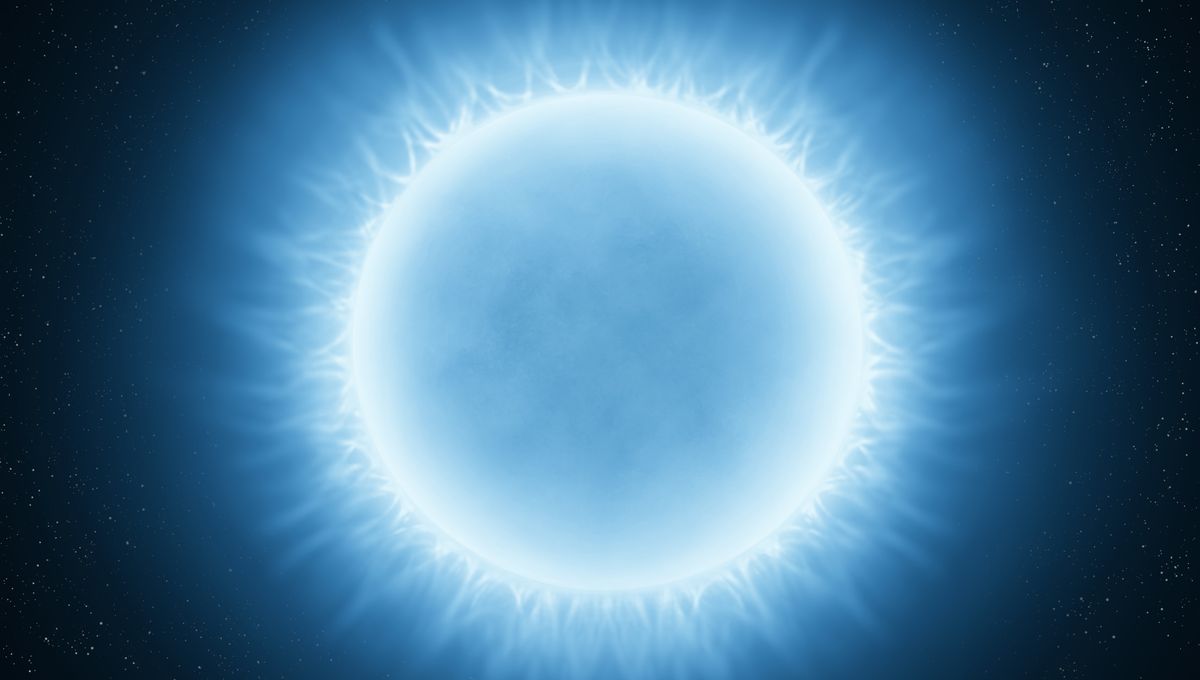
When we look at stars we see them “twinkle” because the atmosphere is in motion. But stars also twinkle on their own accord. Vibrations from the internal motion of the plasma that makes stars ripple through them creating variations on the surface, including variations in their brightness, which appears to make them twinkle. Now astronomers have modeled this twinkling for the first time, and for good measure, they turned these vibrations into sounds.
They mainly focused on stars about 15 times the mass of the Sun. In their core, hydrogen is being fused into helium at a great rate and the energy released in this process is heating up the plasma that makes up the star. The heat produces convection, with the hotter material rising and the cooler sinking. This produces waves that bounce around the star with some of them emerging on the surface creating the twinkling.
“Motions in the cores of stars launch waves like those on the ocean,” lead author Evan Anders, from Northwestern University, explained in a statement.
“When the waves arrive at the star’s surface, they make it twinkle in a way that astronomers may be able to observe. For the first time, we have developed computer models which allow us to determine how much a star should twinkle as a result of these waves. This work allows future space telescopes to probe the central regions where stars forge the elements we depend upon to live and breathe.”
This gives astronomers an indirect way to probe the interior of the stars. The approach is known as asteroseismology. In the model, they put together all the known science that is expected to take place inside the stars and looked at the waves. They then added the impact of the different layers, something they compared to audio filters. The result is an idea of what the innate twinkling would look like.
“Stars get a little brighter or a little dimmer depending on various things happening dynamically inside the star,” Anders added. “The twinkling that these waves cause is extremely subtle, and our eyes are not sensitive enough to see it. But powerful future telescopes may be able to detect it.”
The approach of considering the different layers like audio filters gave the team another idea. What would it be like to hear music played inside these massive stars? They used the simulation to do just that, having three massive stars play “Twinkle, Twinkle, Little Star.”
“We were curious how a song would sound if heard as propagated through a star,” Anders explained. “The stars change the music and, correspondingly, change how the waves would look if we saw them as twinkling on the star’s surface.”
The findings of this model were published in the journal Nature Astronomy.
Source Link: Listen To The "Innate" Twinkling Of Stars For The First Time